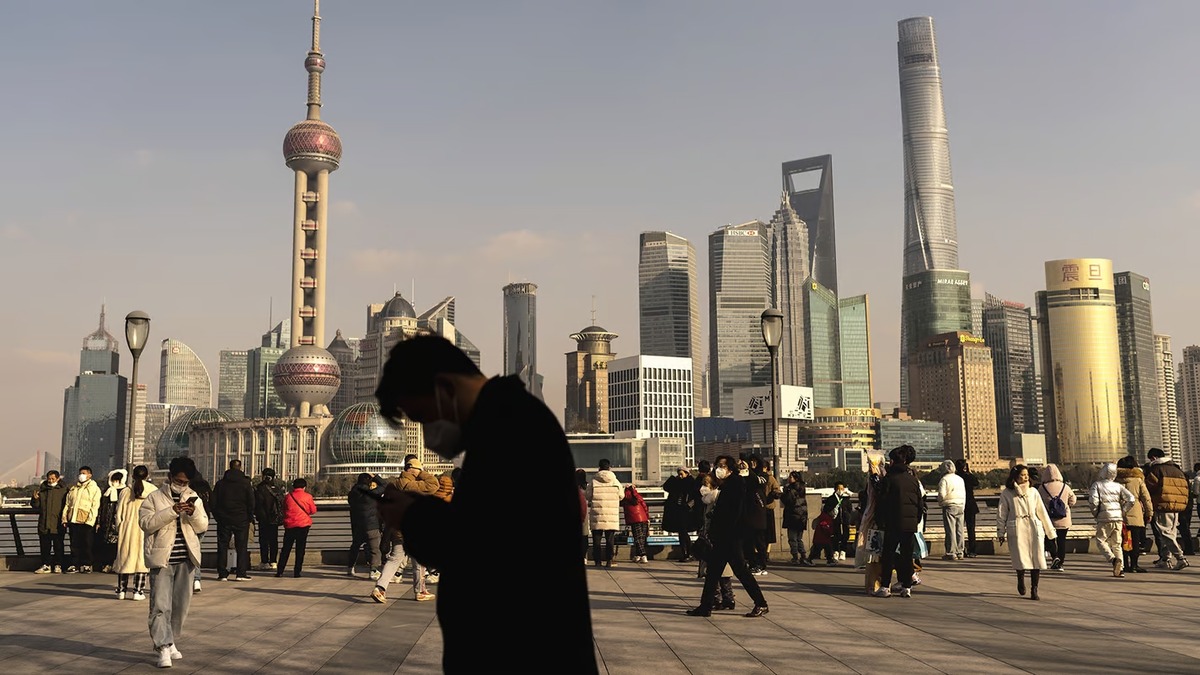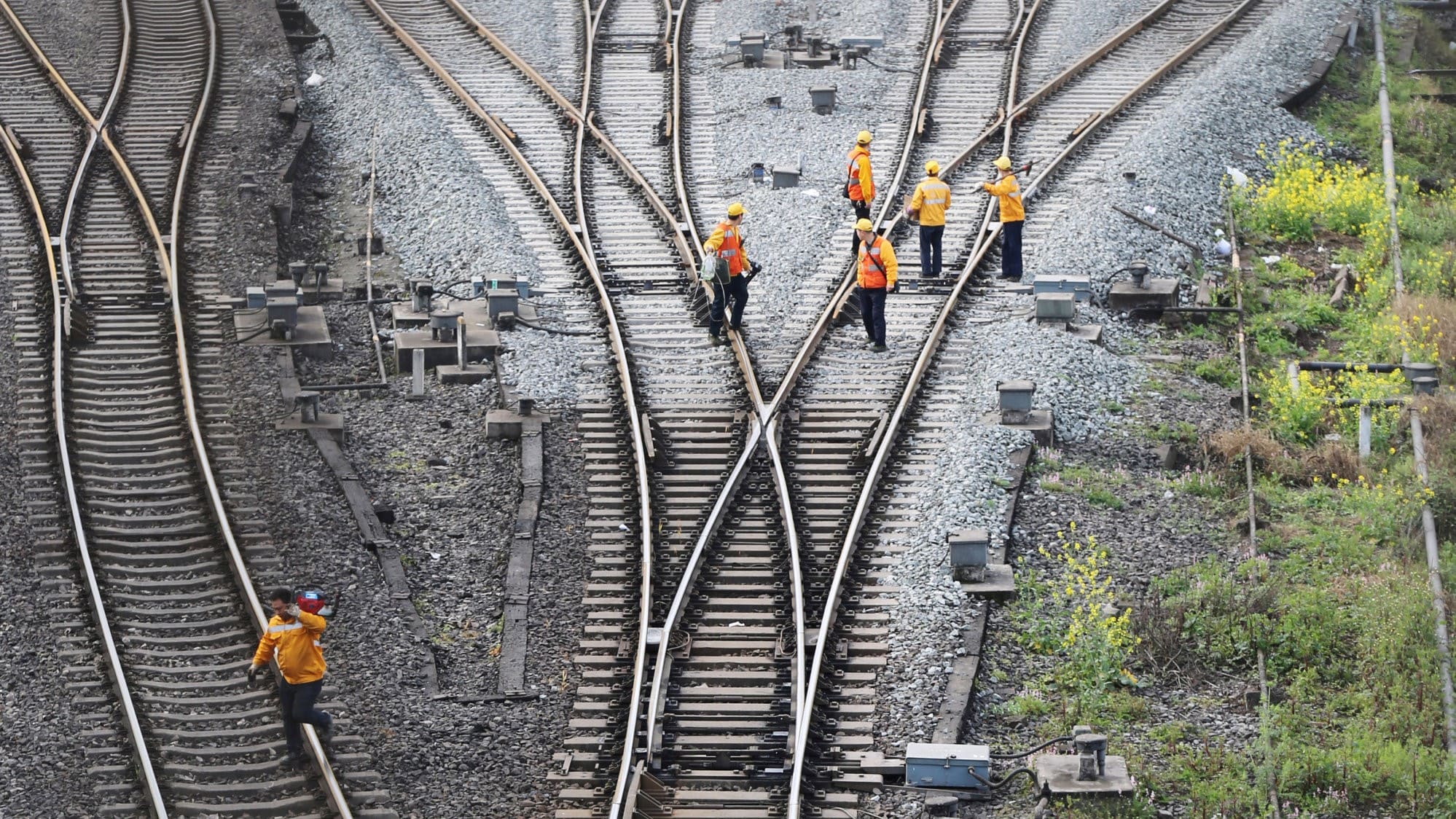Furthermore, out of 215 trade jurisdictions, 64 saw their exports to China shrink in nominal terms over the last eight years and a further 15 saw their exports shrink in real terms including Japan, the United States, Singapore, and the Philippines.10 11
Tellingly, with the exception of Vietnam, the countries that have exported the most to China are all commodity producers: Russia, Brazil, Australia, Malaysia, Saudi Arabia, United Arab Emirates, and Chile.
In addition, issues such as China’s sweeping national security law and Beijing’s demands to install Communist Party committees on company boards are making the business climate in China more challenging for MNCs on the ground. This is diminishing the appeal of the Chinese market.








